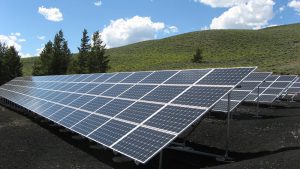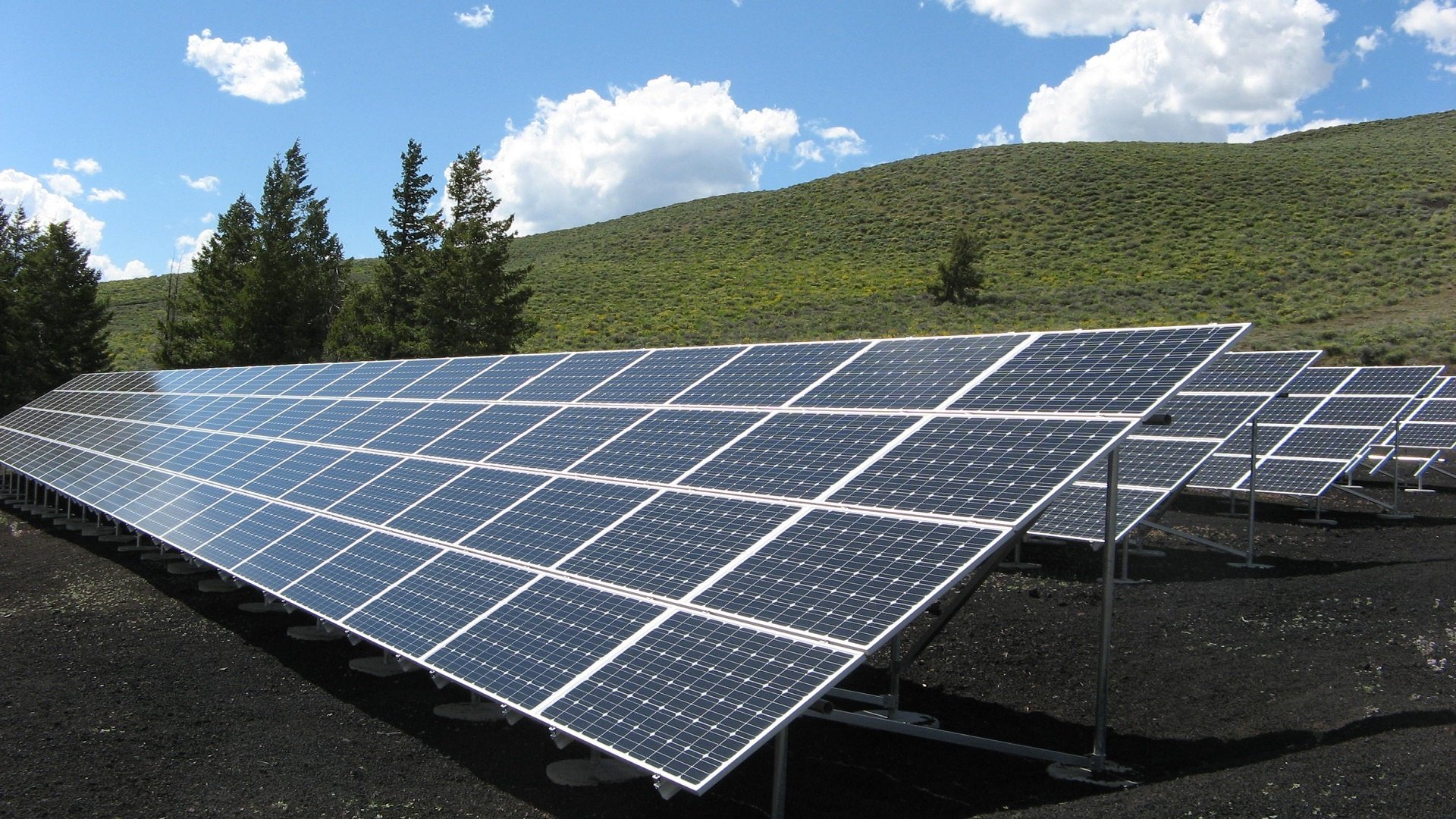National Grid expects minimum summer transmission system demand in 2019 to fall broadly in line with last year’s, owing to a collapse in new solar deployment.
The Electricity System Operator (ESO) has also paid testament to its advanced, machine-learning forecasting tools, but said whole system thinking will need to become far more prevalent as the country’s energy mix continues to change.
Today National Grid’s ESO function released this year’s Summer Outlook report, its annual summary of the grid balancing challenges the ESO expects to encounter as demand on the transmission system changes.
National Grid expects transmission system demand to fall broadly in line with last year’s figures, owing principally to a collapse in new solar PV deployment.
Peak electricity transmission demand is forecasted to be 33.7GW while minimum demand is expected to be around 17.9GW, both figures down 100-200MW in comparison to last year’s expectations.

Deployment of new solar PV capacity, seen as a fall in transmission system demand due to its location on the country’s distribution grid, has fallen in line with the retreat of subsidies.
And National Grid’s understanding of and ability to forecast solar generation has also improved. It has developed a machine learning-based national solar power model, implemented last September in association with Reading University, whichhas reduced the ESO’s absolute solar forecasting errors by around 33%.
The need for such tools was brought into sharp focus just last weekend, when unseasonably bright weather conditions sent PV generation to more than double its seasonal average and some 700MW above forecast which, when combined with significant quantities of wind generation, sent the country’s wholesale market into negative pricing for an “unprecedented” six hours straight.
Read more: Current News



